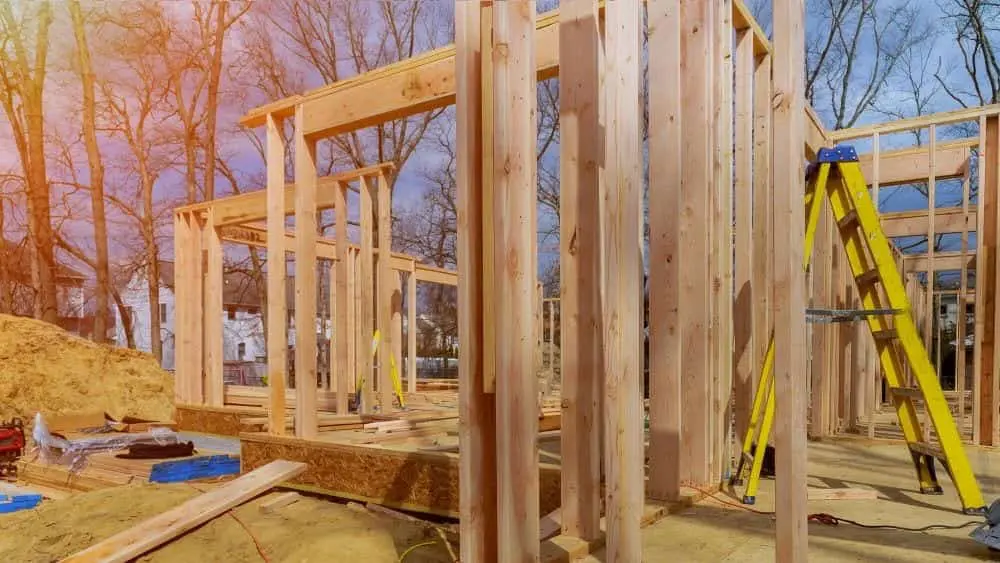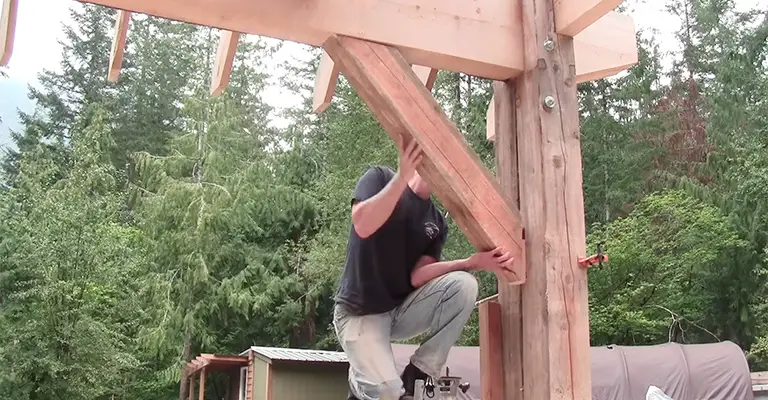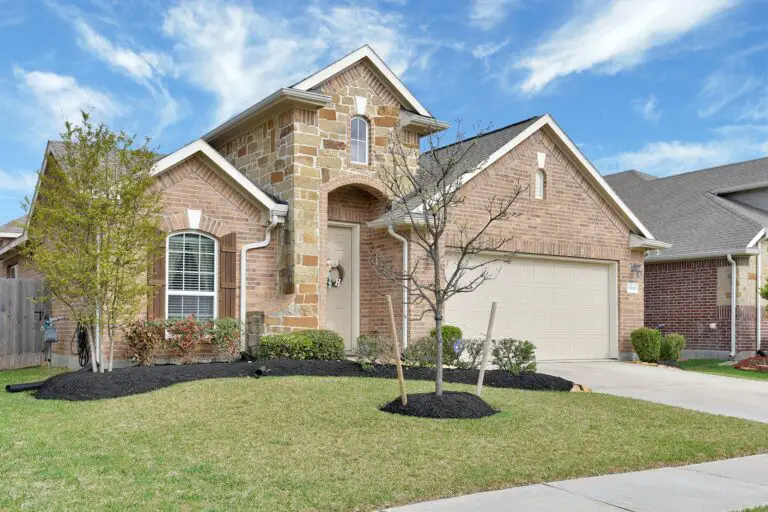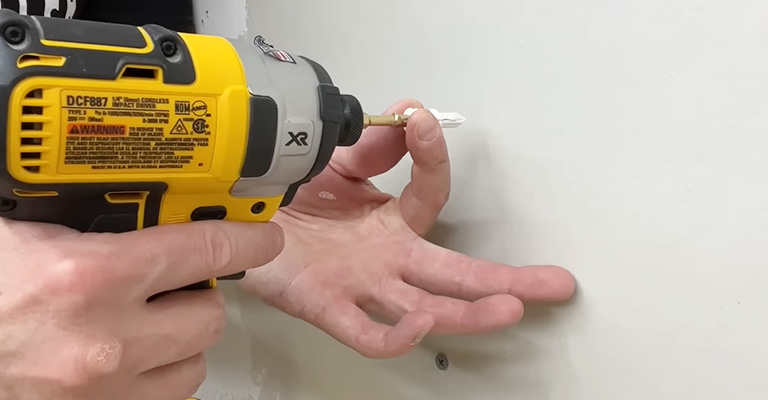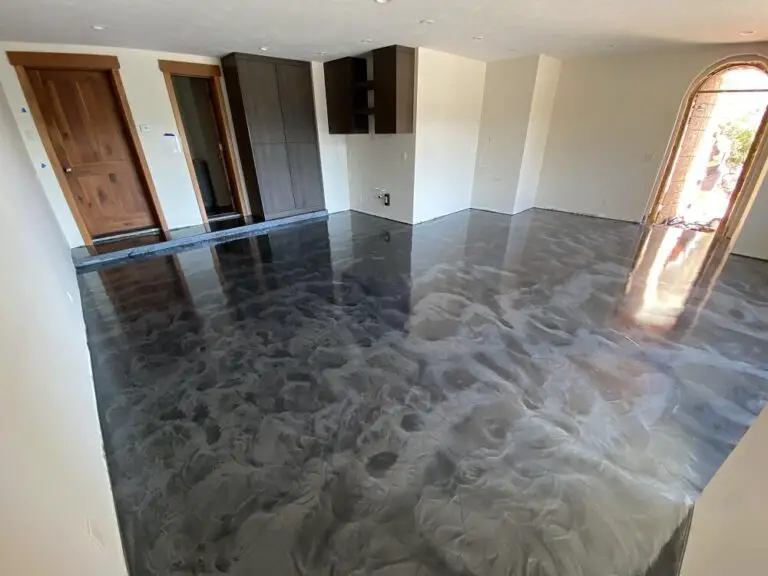The ABCs of Home Construction: A Beginner’s Guide
If you have ever dreamed of building your own home, you may wonder what it takes to make it a reality. Home construction is a complex and rewarding process that involves many steps and decisions. In this article, we will give you a beginner’s guide to the ABCs of home construction, and help you get started on your home building journey. For expert guidance and assistance throughout your home building journey, consider partnering with Hotondo: Your Trusted House Builders Creating Dream Homes.
A: Architecture and Design
The first step of home construction is architecture and design, which is the process of creating the plan and the look of your home. This step is crucial, as it determines the appearance, functionality, and sustainability of your home. You need to consider your needs, preferences, and budget, and find the best solutions and options for your home.
To achieve a successful architecture and design, you need to:
- Find your inspiration and ideas. You can use tools like Pinterest, Houzz, or Instagram to browse and collect images, videos, and articles that inspire you, and create a mood board or a scrapbook that showcases your preferences and tastes.
- Hire a professional architect or designer. You can use tools like Google, Yelp, or Angie’s List to search and compare different architects and designers in your area, and check their portfolios, reviews, and ratings. You can also ask for referrals and recommendations from your friends, family, or neighbors who have built their own homes.
- Create your floor plan and layout. You can use tools like Floorplanner, RoomSketcher, or SketchUp to create and visualize your floor plan and layout, and make any changes or adjustments that you want. You need to consider the number, function, and location of your rooms, such as bedrooms, bathrooms, kitchen, living room, dining room, garage, etc. You also need to consider the flow, circulation, and accessibility of your spaces, and how they connect and interact with each other.
- Choose your materials and finishes. You can use tools like Sherwin-Williams, Benjamin Moore, or Behr to browse and select different colors, materials, and finishes for your home, and see how they look and feel in different lighting and settings. You need to consider the quality, durability, cost, aesthetic appeal, functionality, and environmental impact of your materials and finishes, as well as how they complement and contrast with each other.
B: Budget and Financing
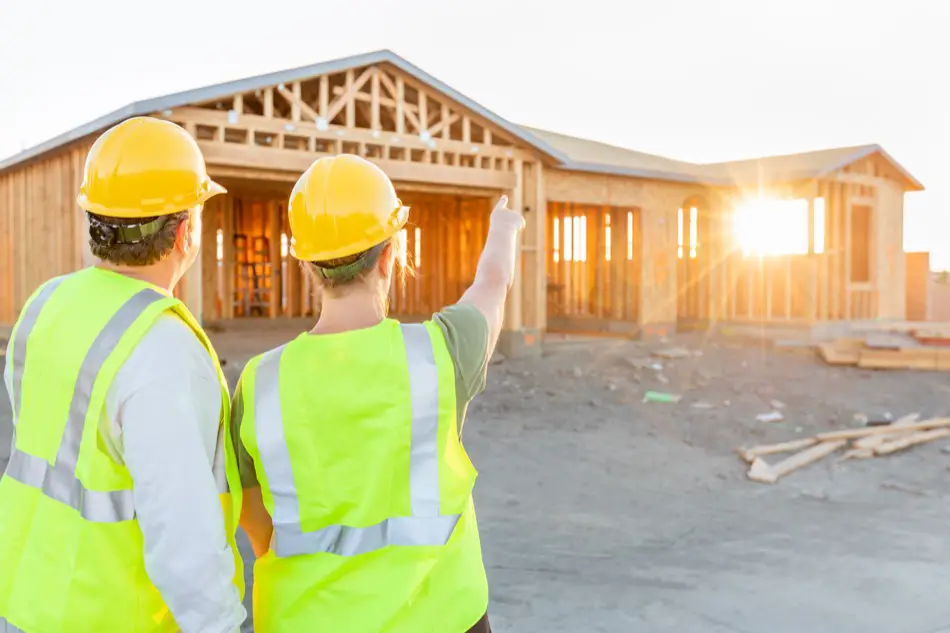
The second step of home construction is budget and financing, which is the process of estimating and securing the funds and resources for your home. This step is crucial, as it determines how much you can afford to spend on your home, and how you will pay for it. You need to be realistic and flexible with your budget and financing, and account for all the costs and expenses involved.
To achieve a successful budget and financing, you need to:
- Estimate costs for your home construction using tools like HomeAdvisor, Fixr, or Homewyse. Consider all project categories, including land, design, construction, permits, fees, taxes, utilities, and contingencies. Compare estimates with local averages and medians. Add a buffer for unexpected or additional costs
- Establish your budget and timeline for your home construction project using tools like Microsoft Excel, Google Sheets, or Smartsheet. Track and measure progress and performance throughout the project. Determine allocation of funds across different categories and establish a realistic timeline for completion, scheduling and coordinating phases and tasks accordingly.
- Secure financing for your home construction project by utilizing tools like Bankrate, LendingTree, or NerdWallet to compare options. Evaluate various funding sources such as loans, mortgages, grants, subsidies, savings, investments, or crowdfunding. Compare and negotiate terms, including interest rates, fees, repayment plans, and collateral. Apply for funding, ensuring qualification by submitting necessary documents like credit score, income, assets, and liabilities.
C: Construction and Completion
The third and final step of home construction is construction and completion, which is the process of building and finishing your home according to your plan and design. This step is crucial, as it determines the execution and delivery of your home. You need to ensure that your home is built with high-quality materials, craftsmanship, and standards, and that it meets your expectations and requirements, as well as the rules and regulations.
To achieve a successful construction and completion, you need to:
- Select skilled contractors and builders by utilizing tools like Google, Yelp, or Angie’s List to compare and review local options. Seek referrals from friends, family, or neighbors with home construction experience. Interview and carefully choose contractors, signing a detailed contract outlining project scope, cost, timeline, and the roles and expectations of each party
- Effectively manage your construction process by utilizing tools like Procore, CoConstruct, or BuilderTREND for monitoring and control. Ensure adherence to your plan, standards, and regulations. Foster open communication and collaboration with contractors, providing necessary feedback and support. Review and inspect work regularly, addressing and resolving errors or issues promptly. Anticipate and manage delays or challenges, making necessary adjustments for a successful construction process
- Finalize your home construction using tools like Punch List, HomeZada, or Houzz. Add finishing touches with landscaping, furniture, and decorations. Ensure the home is safe and ready for occupancy by obtaining necessary permits, approvals, and inspections. Test and verify the functionality of systems and appliances such as plumbing, electrical, and HVAC. Clean and polish the home to completion.
Conclusion
These are some of the ABCs of home construction, and the beginner’s guide that you can use to design and build your own home. However, designing and building your own home is not a one-time thing, but an ongoing process that requires constant learning, testing, and improving. You should always keep an eye on your market, customers, competitors, and industry trends, and adjust your home construction strategy accordingly. By doing so, you can create and live in a home that is comfortable, functional, and sustainable, and that enhances your well-being and happiness.

